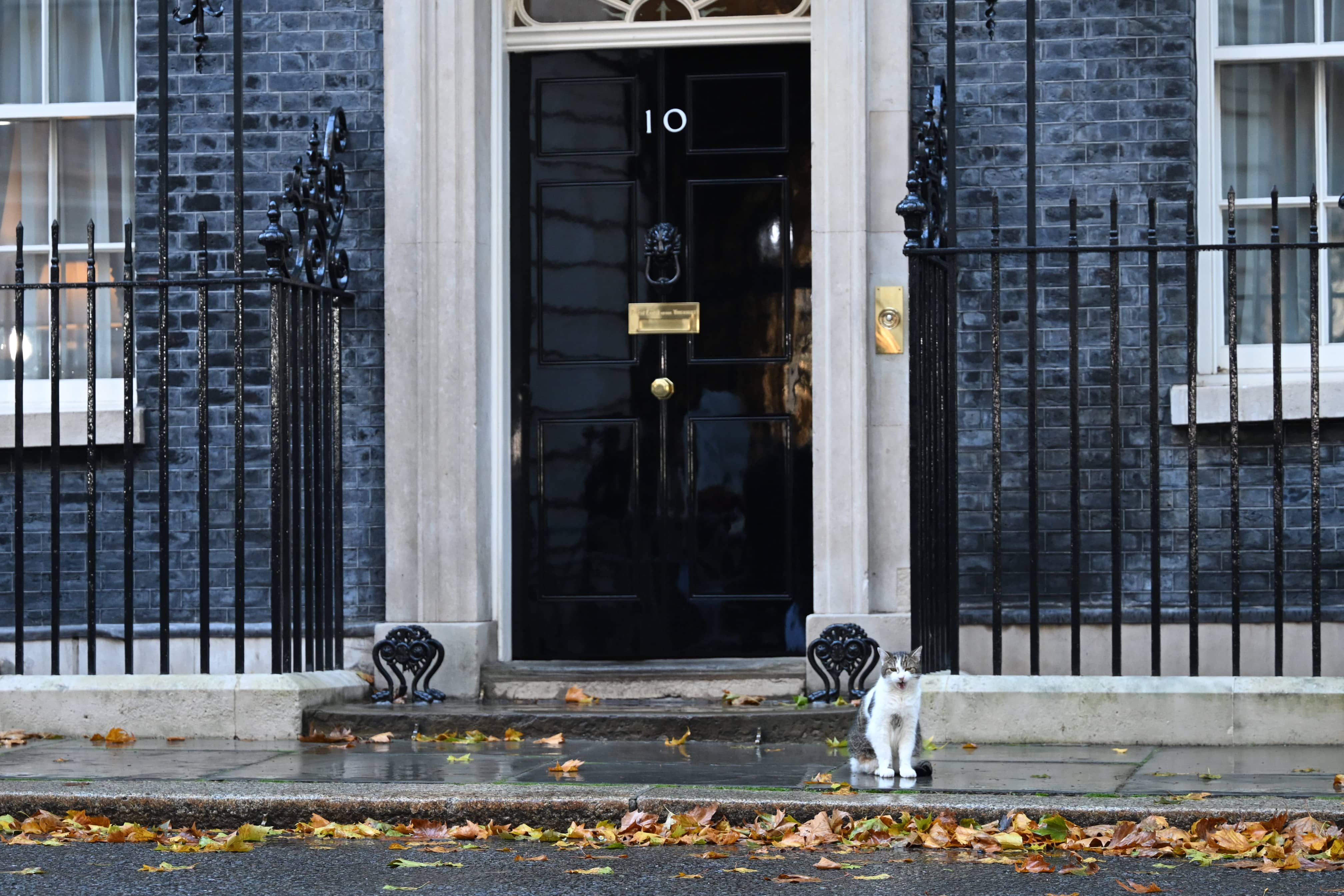Gone in a flash, Liz Truss becomes the shortest serving prime minister in British history. As it stands, she’s 75 days short of George Canning, who lasted some 119 days in office before dying from tuberculosis. If Truss’s successor wants to avoid joining her and Canning at the lower ends of the Wikipedia, they’ll need to keep a close eye on these seven metrics:
1. The value of the pound
Kwasi Kwarteng’s (and Liz Truss’s) mini-Budget caused the pound to fall to its lowest ever level at just above $1.03. At the time there were fears it may even pass parity with the dollar. Since then it regained its losses and stands at $1.13. Much of the pressure against the pound was really due to a strengthened dollar. Nonetheless, the new PM will be keeping a close eye on where it goes from here.
2. Where the gilt yields go
Uneasiness about the public finances also led to gilt yields shooting up. In turn, this put pressure on pension funds, whose managers were left ‘shouting’ down the phone at the Bank of England begging for help. The Bank duly delivered with a massive gilt-buying programme followed by Hunt’s reversal of almost all of the ‘mini-Budget’. That settled the gilt markets and they now hover around the same level as US treasury gilts. Things could become uncertain again though when the Bank starts quantitative tightening next month. The next ministry will be glued to what the yields do.
3. Debt as a share of GDP
Much of the market baulking was because of worries over the UK’s debt. This came despite Britain having the second lowest debt as a share of GDP in the G7. However, between a quarter and a third of UK debt is foreign-owned. Whoever comes next will be forced to take steps to get this down.
4. NHS waiting lists
Last week figures revealed the NHS waiting list surpassed seven million people in England alone for the first time. Some 12 per cent of English adults now find themselves waiting for consultant-led treatment. Modelling leaked to The Spectator in February shows this is to get worse: possible as high as 9.2 million by the next election. Getting these lists down will be one of the next PM’s top priorities.
5. Energy price cap
Jeremy Hunt said the energy cap will be reviewed from April. There’s better news in wholesale markets: spot prices are lower than they were before Russia invaded Ukraine and the futures curve is far lower than it was when the cap was set. But that could all change as the war develops. What to do with the price cap will be one of the biggest headaches facing the new PM and the now unsackable Hunt.
6. Party polling
Truss’s six weeks in power collapsed her party’s poll shares. The Tories are on average about 28 points behind Labour and bookie’s give Starmer a 56 per cent chance of forming the next government with a majority. Turning these polls around, even just to soften the size of a defeat that for now at least feels inevitable, will be a metric many Tories judge most important.
7. Their personal opinion rating
To have any hope of turning things around the next PM will have to be liked by the public. Truss managed to start on -2 before reaching a staggering -51 with Ipsos Mori (which The Spectator tracks for consistency). YouGov had her even lower on -70 – the lowest figure they’d ever recorded. History shows us popularity only tends to go down, so whoever comes next will be hoping to start as high as possible.
You can track the graphs mentioned above on the Spectator’s data hub.








Comments